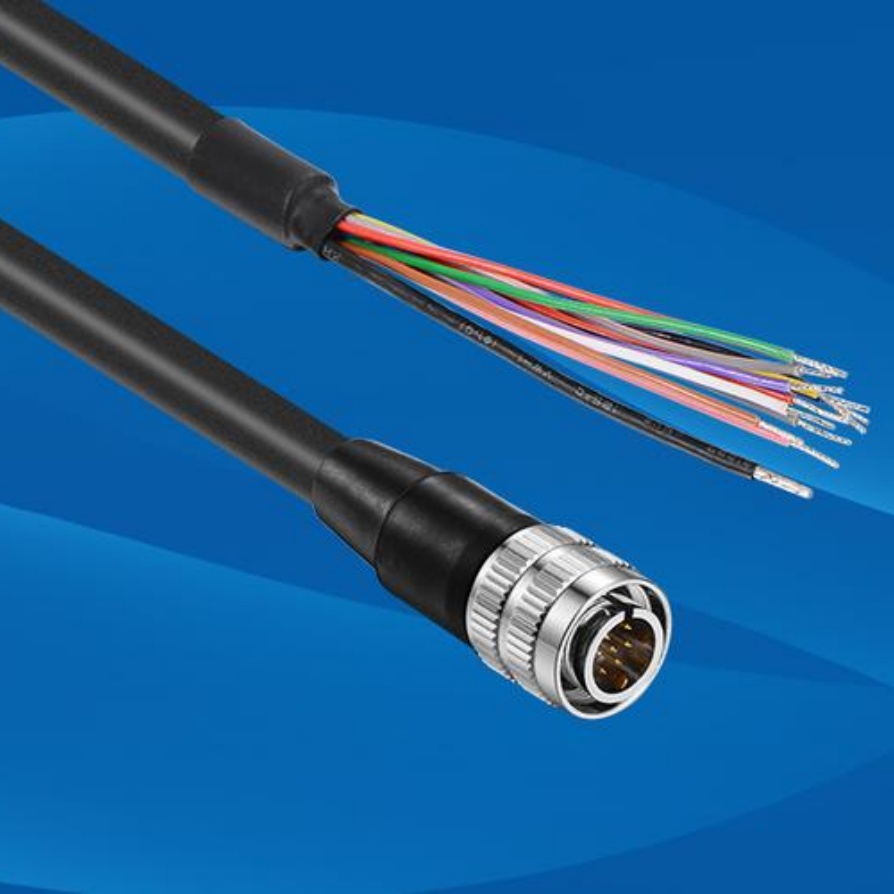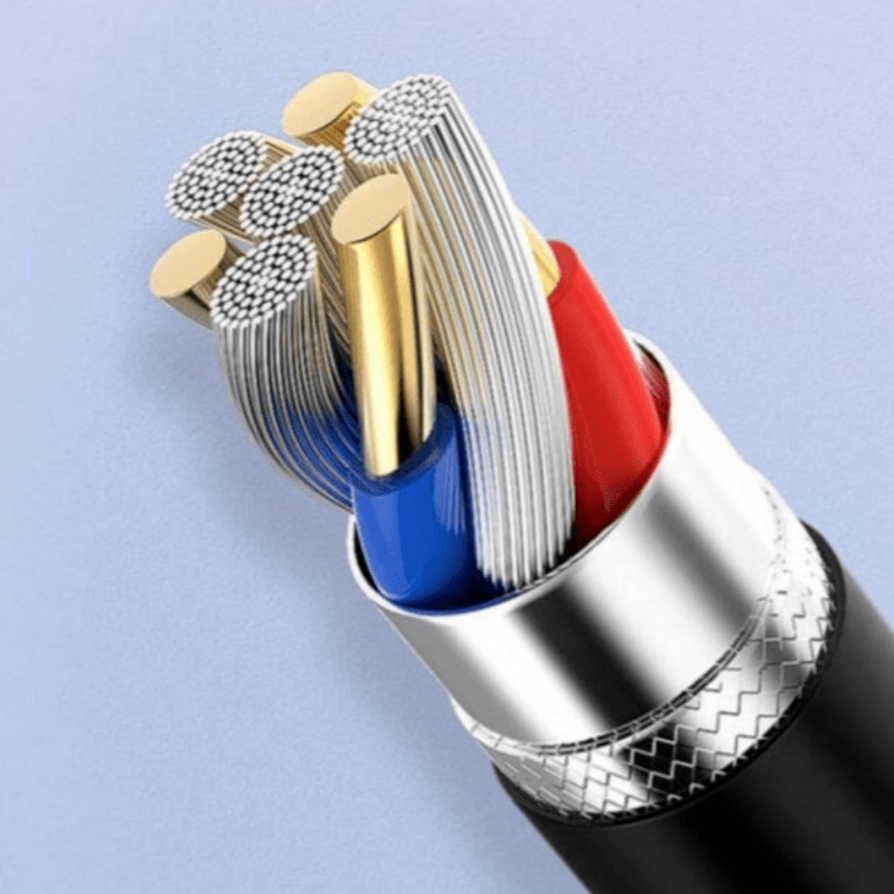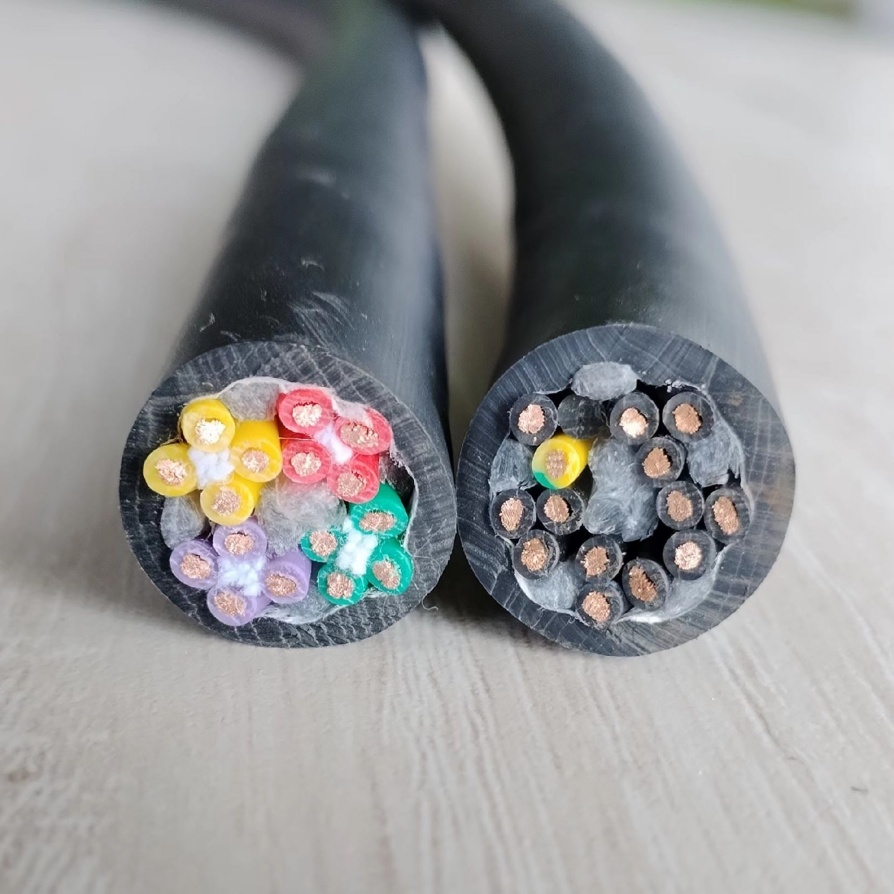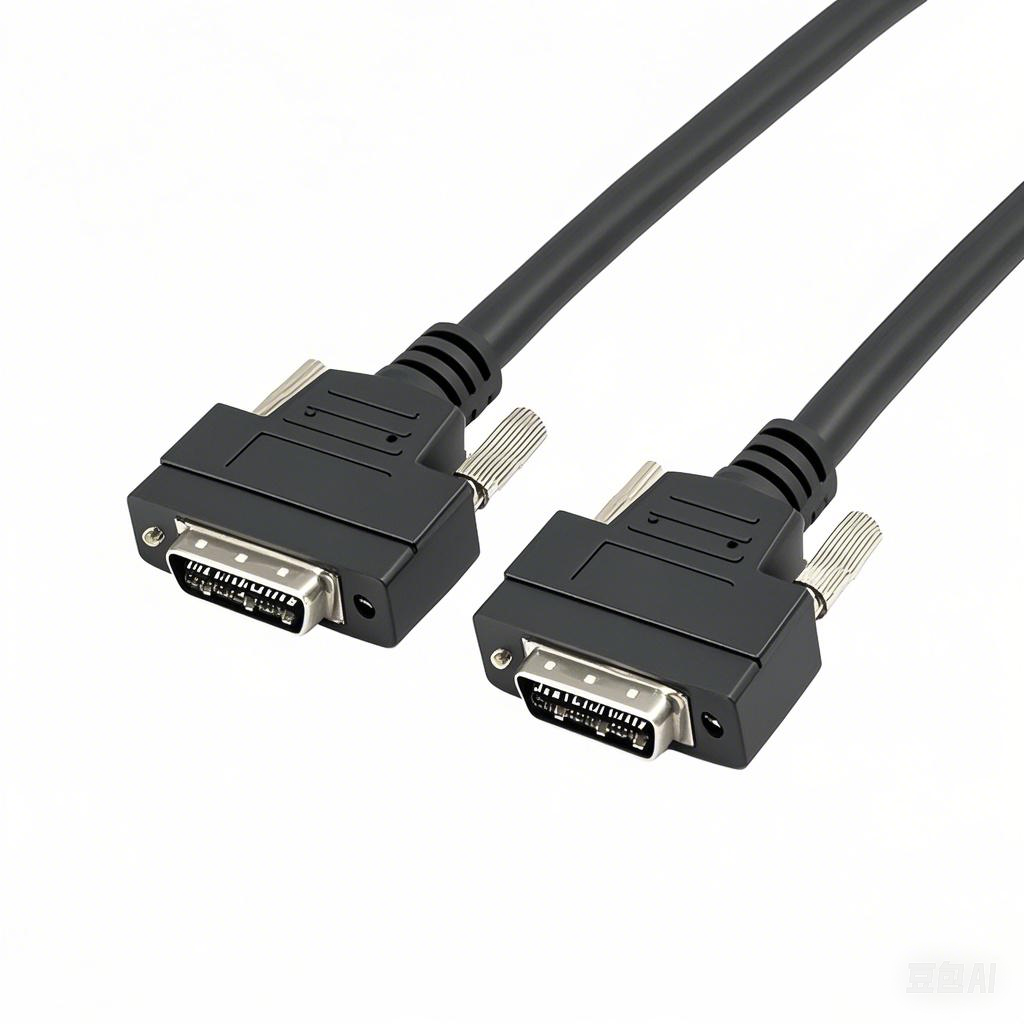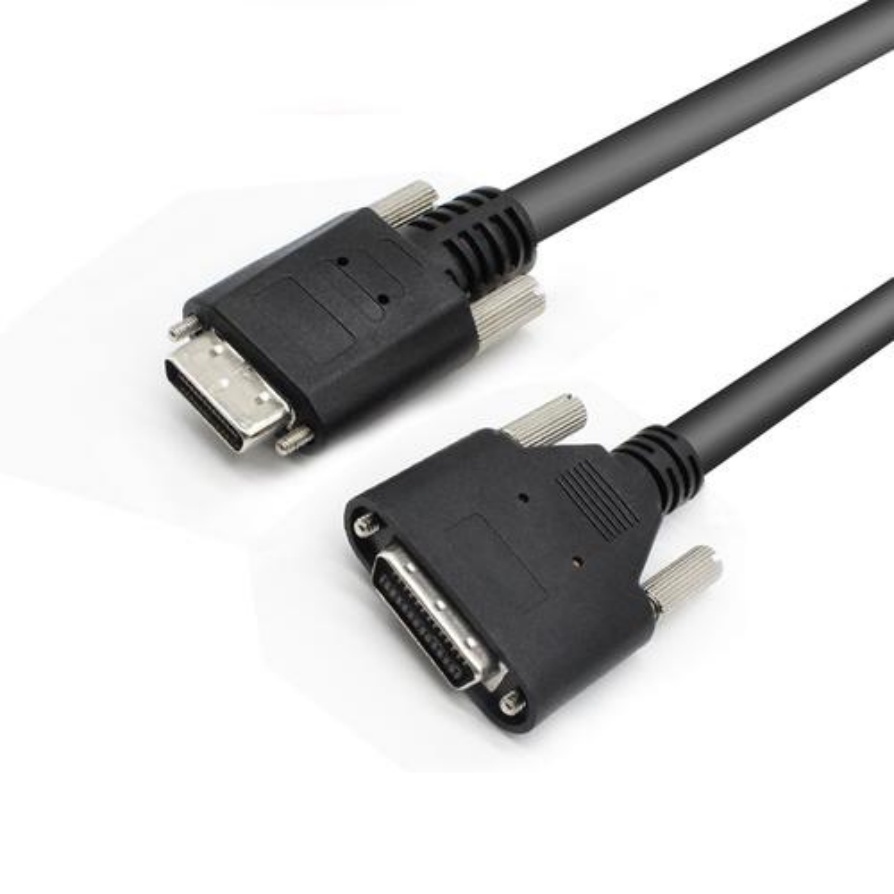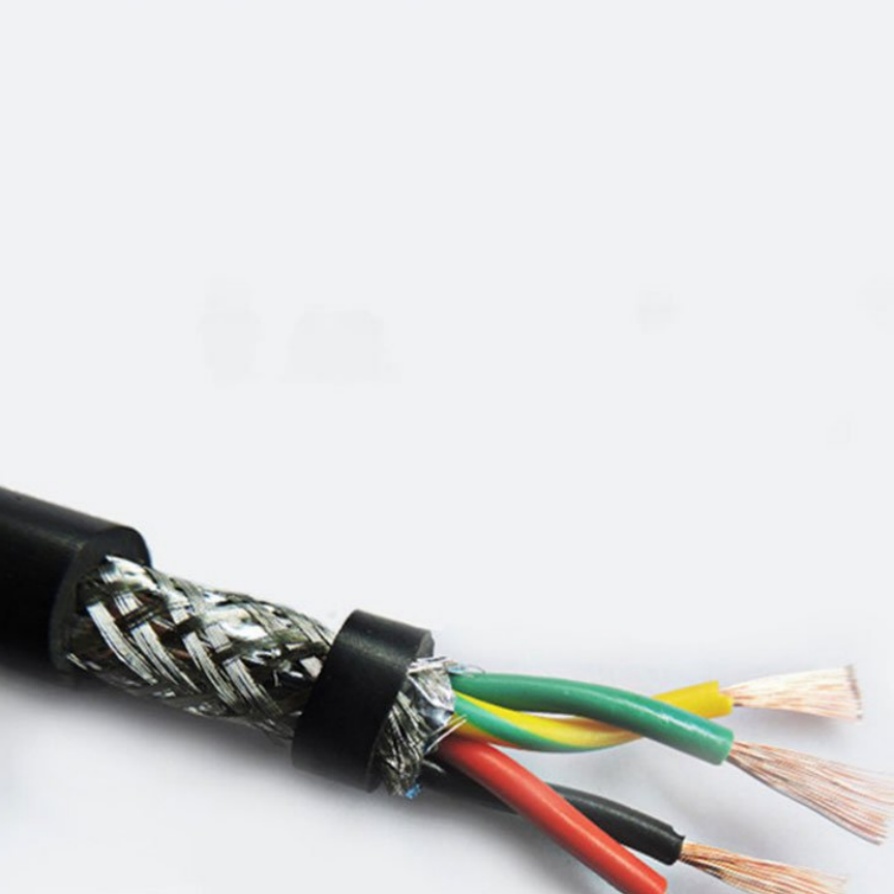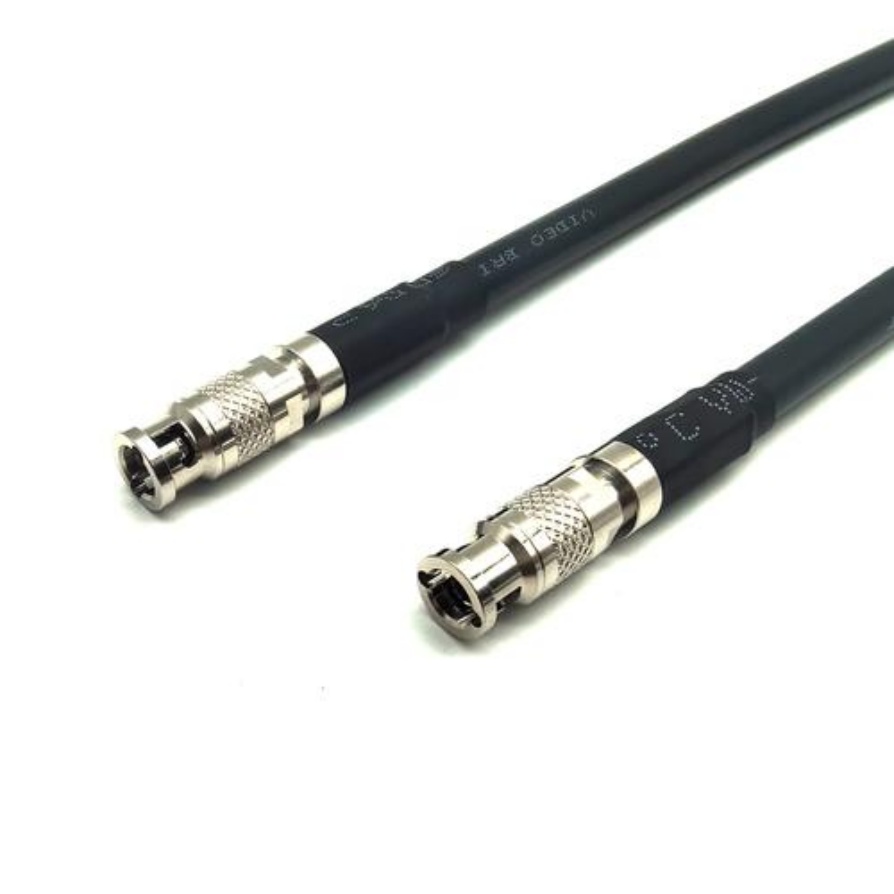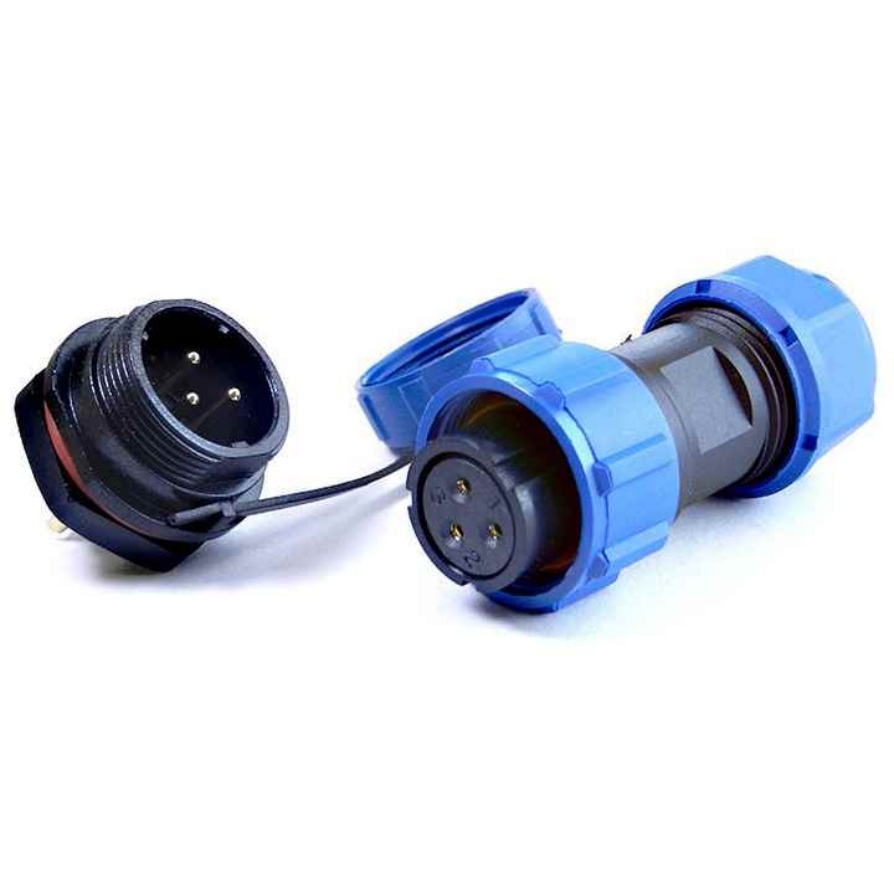What is 4K Camera Vision Cable?
In the era of ultra-high-definition imaging, 4K resolution has become the standard for professional camera systems across industries—from industrial inspection and medical imaging to broadcast production and security surveillance. Yet even the most advanced 4K camera cannot deliver its full potential without a critical component: the 4K camera vision cable. Far more than a simple “cord,” this specialized cable is engineered to transmit massive amounts of uncompressed 4K video data (and often embedded audio or control signals) with absolute fidelity, making it the unsung backbone of high-quality visual workflows.
At its core, a 4K camera vision cable is a data transmission medium designed explicitly to handle the bandwidth demands of 4K content. Unlike standard HDMI or coaxial cables built for 1080p signals, 4K variants must accommodate exponentially higher data rates. To put this in perspective: 4K UHD (3840×2160) at 60Hz with 4:4:4 chroma subsampling (lossless color) requires a minimum bandwidth of 18Gbps , while 4K at 120Hz with 12-bit color depth pushes this requirement to 48Gbps . This bandwidth is the “lifeblood” of 4K transmission—too little leads to pixelation, frame drops, or complete signal loss.
Core Technical Elements of 4K Camera Vision Cables
Understanding the key features of these cables is essential for choosing the right solution for your use case:
1. Bandwidth and Compatibility
Bandwidth directly dictates what a cable can deliver. Older standards like HDMI 1.4 (10.2Gbps) only support 4K at 30Hz with compressed 4:2:0 color, making them unsuitable for professional applications . Modern options fall into two primary categories:
- HDMI 2.0/2.1: HDMI 2.0 (18Gbps) handles 4K@60Hz with 4:4:4 chroma and HDR, while HDMI 2.1 (48Gbps) unlocks 4K@120Hz and advanced features like variable refresh rate (VRR) . These are common in studio setups and consumer-professional hybrids.
- SDI Variants: For broadcast and industrial environments, SDI cables reign supreme. 12G-SDI, the latest standard, transmits full 4K@60Hz over a single coaxial cable—replacing the need for four 3G-SDI links and simplifying setups .
2. Interface Types for Specialized Needs
4K camera vision cables are not one-size-fits-all; their interfaces are tailored to industry requirements:
- SDI (BNC): Favored in broadcast, security, and industrial vision for its low latency and long reach. 12G-SDI cables can transmit 4K signals up to 50 meters over coaxial, or 10+ kilometers with fiber converters . They also support embedded audio and timecode, critical for synchronized workflows.
- HDMI: Ubiquitous in studio monitors, gaming, and small-scale productions. Passive HDMI cables max out at ~15 meters for 4K, while active variants extend this range .
- DisplayPort: Common in industrial cameras and high-end computing setups. Active Optical Cable (AOC) versions of DisplayPort can carry 4K signals up to 140 kilometers via single-mode fiber, ideal for remote inspection sites .
3. Shielding and Signal Integrity
Professional environments are rife with electromagnetic interference (EMI)—from factory machinery to broadcast equipment. 4K signals, with their high data density, are particularly vulnerable. Top-tier cables use multi-layer shielding: for example, 12G-SDI cables often feature aluminum tape plus tinned copper braid for 100% coverage , while premium HDMI cables employ foil and braid shielding to block interference. Brands like Belden even use bonded foil technology to boost shielding efficiency without adding bulk .
4. Transmission Distance Limits
Distance is a critical constraint. Here’s how different 4K cables perform:
- Passive HDMI: Up to 15 meters
- 12G-SDI (coaxial): 50 meters (high-quality cables)
- Multi-mode fiber (DisplayPort/SDI): Up to 8 kilometers
- Single-mode fiber: 100+ kilometers
For distances beyond these limits, active boosters or fiber converters are required to maintain signal integrity.
How to Choose the Right 4K Camera Vision Cable
The “best” cable depends entirely on your application:
- Industrial Inspection: Prioritize 12G-SDI or fiber DisplayPort cables for EMI resistance and long reach. Look for rugged PVC or industrial-grade jackets.
- Medical Imaging: Opt for HDMI 2.0/2.1 or 12G-SDI with 4:4:4 chroma support to preserve fine anatomical details.
- Broadcast Production: 12G-SDI is non-negotiable for its latency-free transmission and compatibility with existing studio gear.
- Security Surveillance: Balance cost and performance—HDMI 2.0 works for short-range cameras, while 12G-SDI is better for large facilities.
Why FRS Brand Stands Out for 4K Camera Vision Cables
When precision and reliability matter, FRS brand factory delivers 4K camera vision cables engineered for every professional scenario. Our product lineup covers 12G-SDI cables with triple-layer shielding (100% EMI protection) and HDMI 2.1 variants supporting 48Gbps bandwidth—perfect for 4K@120Hz workflows. For long-range needs, our fiber-optic DisplayPort cables extend transmission up to 140 kilometers without signal degradation. Each cable undergoes rigorous testing for bandwidth, shielding efficiency, and durability, ensuring seamless integration with Sony, Panasonic, and other leading 4K camera models. Trust FRS to turn your 4K camera’s potential into pixel-perfect results.


